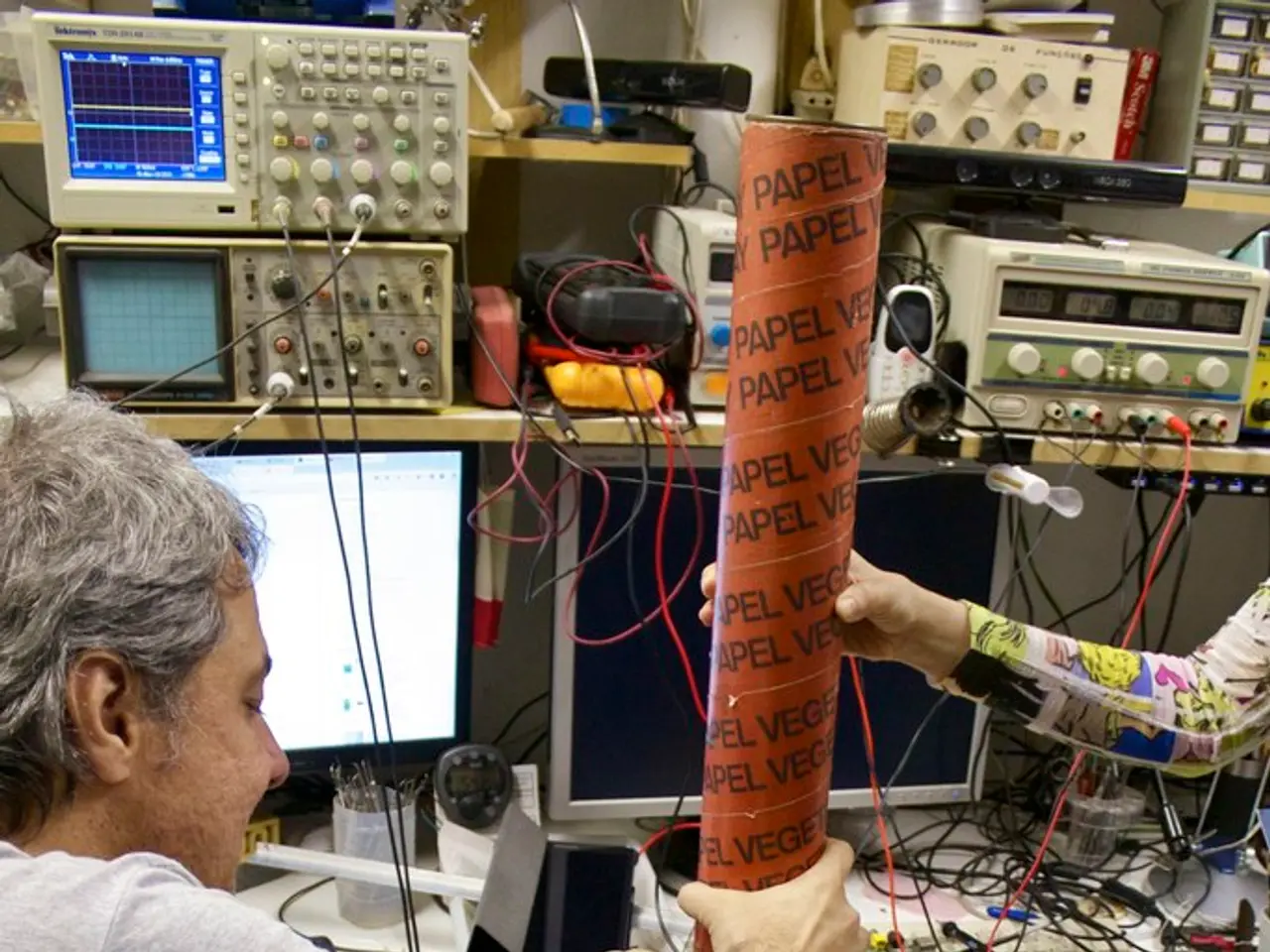Strength of Hand Grip Offers Psychosis Researchers a Fresh Perspective
A groundbreaking study, led by Assistant Professor Alexandra Moussa-Tooks from Indiana University and published in the *American Journal of Psychiatry*, has revealed a connection between grip strength and brain health, particularly in the early stages of psychosis. The research suggests that grip strength could serve as a practical and insightful tool for understanding and treating psychosis.
The study focused on three key brain regions: the sensorimotor cortex, the cerebellum, and the anterior cingulate cortex, each of which was found to be connected to the brain's default mode network (DMN), a network crucial in psychosis. The findings suggest that disturbances in motor function, such as reduced grip strength, may occur before classic psychotic symptoms like hallucinations and delusions appear, making grip strength a potential early marker for psychosis.
The study involved 89 individuals in the first five years of psychotic illness and a control sample of 51 individuals. The researchers used resting-state MRIs and grip strength measurements to examine the relationship between grip strength and brain function or early psychosis.
The results showed that participants in the psychotic illness group had lower grip strength and lower well-being scores than the control group. Poor grip strength was linked to lower well-being, poorer day-to-day functioning, and even higher mortality risk, highlighting its role as a summary indicator of declining brain and physical health.
However, those who showed higher grip strength and well-being also tended to have more connectivity between the three identified regions and the default mode network. This implies that addressing motor network disruptions and improving motor function could be an essential but underexplored avenue in psychosis care.
The study proposes several strategies for interventions, including sensorimotor retraining and therapies targeting motor system function to recalibrate brain connectivity. The use of grip strength as a simple, non-invasive biomarker to monitor brain health and treatment progress in early psychosis is also suggested. Additionally, developing interventions that enhance overall well-being alongside motor abilities to improve outcomes is proposed.
Moussa-Tooks compares psychosis symptoms to the smoke in a fire, suggesting that the focus should be on the fire and its source. Detecting motor disturbances like grip strength, she states, helps in identifying where the potential source of psychosis may have started and spread.
The study opens the door to combining physical and neurological approaches for managing psychosis, rather than focusing solely on psychological symptoms and pharmacotherapy. The researchers also suggest the potential use of transcranial magnetic stimulation (TMS) on the brain to increase connectivity between the three brain regions and the network in cases of psychosis.
Originally published by Cosmos as "Grip strength gives researchers a new handle on psychosis," this study offers a promising new direction in the field of psychosis research and treatment.
- This study suggests that addressing motor network disruptions, such as reduced grip strength, through interventions like sensorimotor retraining and therapies targeting motor system function, could be an essential but underexplored avenue in psychosis care.
- The use of grip strength as a simple, non-invasive biomarker to monitor brain health and treatment progress in early psychosis is proposed, along with developing interventions that enhance overall well-being alongside motor abilities to improve outcomes.




